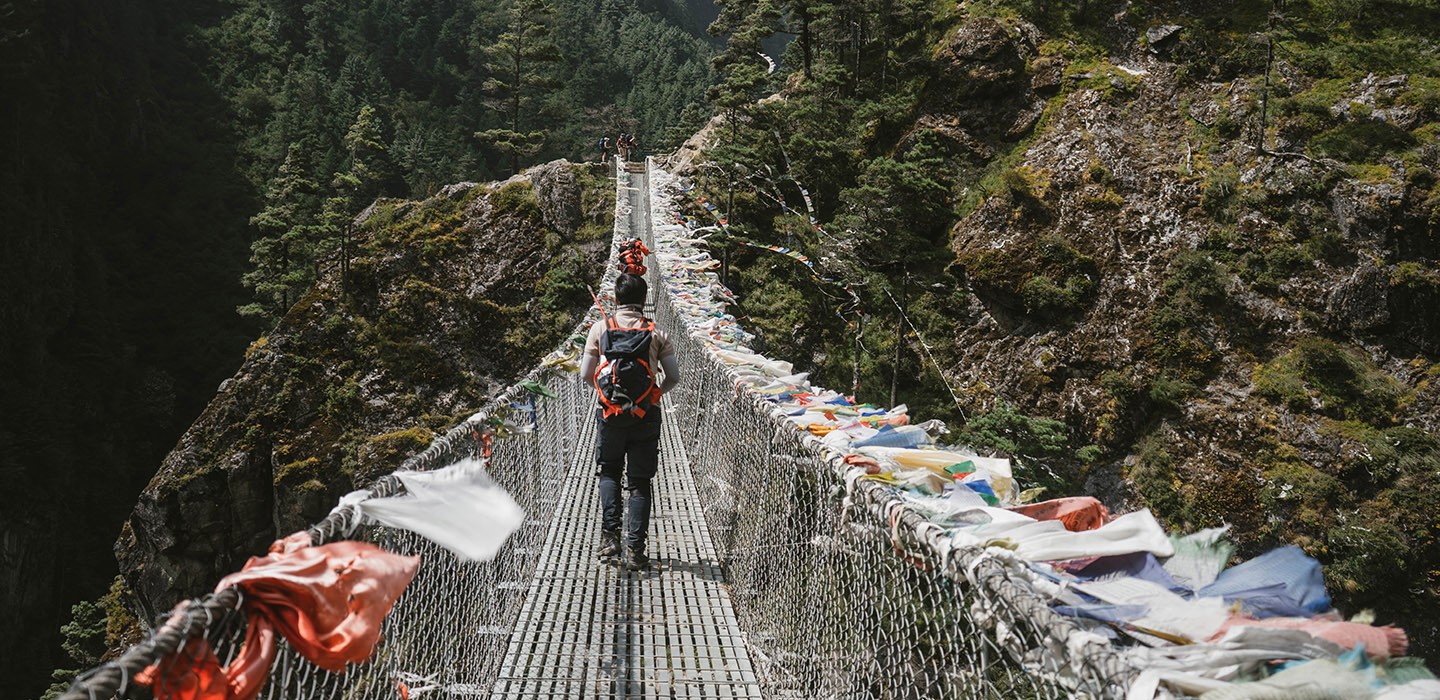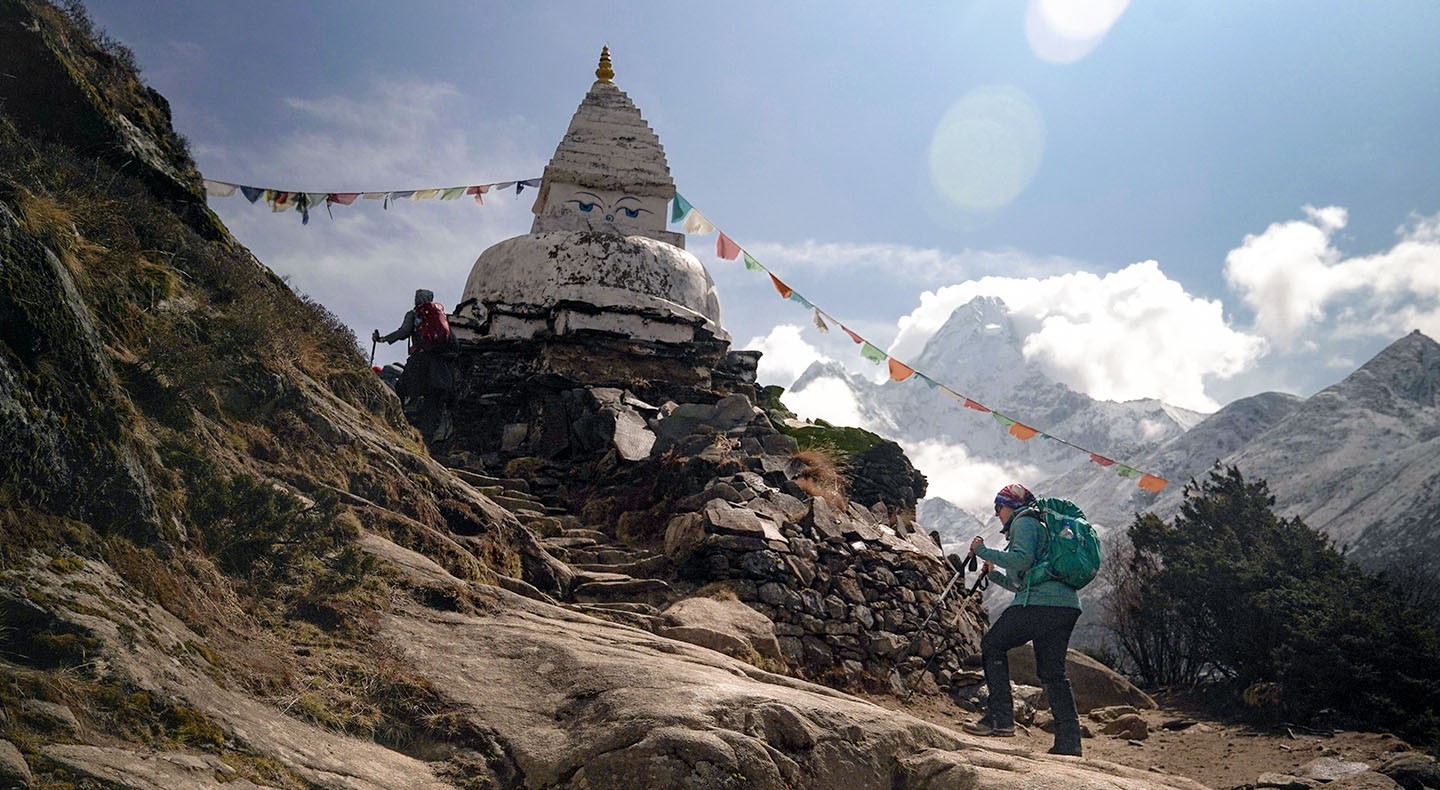
Standing at the base of the world’s highest mountain is an awe-inspiring experience. Trekking to Everest Base Camp is an exhilarating adventure, which begins with an incredible flight that lands at a village in the heart of the Himalayan mountain range. This is a beautiful scenic hike that is worth the challenge.










